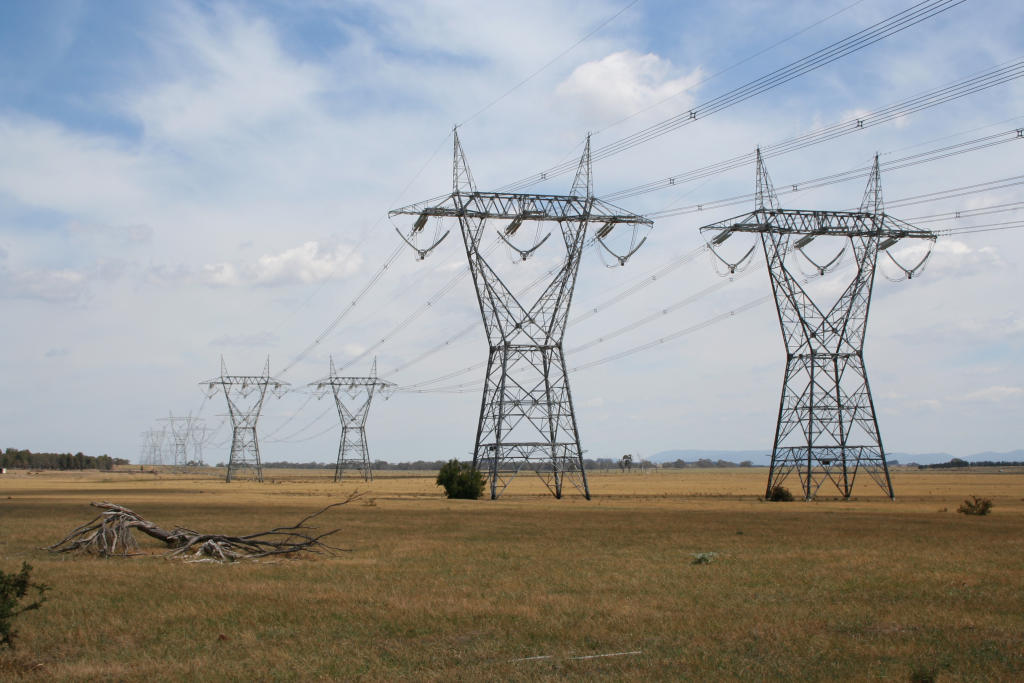
Advertisement
(Cyberwar.news) Though America’s power grid and is arguably the most vulnerable of all U.S. infrastructure, the fact that the state of Texas is has its own self-contained grid puts it in a “unique position” to act in advance of any electromagnetic pulse event or cyber attack by a hostile foreign power, a new study notes.
The study [PDF], from the National Center for Policy Analysis and titled, “The Texas Grid and U.S. National Security,” notes that the nation’s power grid is divided into three geographic areas: the Western Interconnection, the Eastern Interconnection and the ERCOT Interconnect, the latter encompassing only the state of Texas. It notes that Austin retains the authority to act in a way that would protect its grid without having to rely on other states or the federal government.
That, the study points out, can be a great advantage.
“Utilities in the Lone Star State operate their own, self-contained grid. And, because it is con ned within state borders, the Texas government has authority to preempt catastrophe by ‘hardening’ the system,” the report states. “The state government has the responsibility for public safety, the financial resources and access to the latest technologies necessary to accomplish this mission.”
Acting sooner rather than later is important because, as the report notes – based on recent and past intelligence – the threat to the nation’s power infrastructure, from a natural or man-caused EMP event or a cyber attack “cannot be overstated.”
“In 2010, the Defense Intelligence Agency (DIA) released a translated copy of an Iranian military doctrine publication. The ‘Passive Defense’ textbook advocates for a variety of Electromagnetic Pulse (EMP) attacks as a means of blacking out an enemy’s electric grid, suddenly and anonymously,” the report says.

“Former CIA Director James Woolsey explains that the most devastating EMP options remains the high-altitude detonation of a nuclear weapon. Such an operation could theoretically be accomplished by simply launching a single, unsophisticated ballistic missile from a freighter floating off the American coast,” it continued. “Other delivery systems include low-orbit satellites and crude nuclear devices. North Korea actually practiced a nuclear EMP attack in April 2013, and the U.S. EMP Commission concluded that Russia and China now favor this type of asymmetric warfare — a style of war wherein the military capabilities between two combatants differ significantly — and have both the capability and motivation to carry it out.”
Experts note that the United States also has this capability, but that Americans are much more reliant on power than North Koreans, the Chinese and even the Russians. Still, experts are adamant that any attack against the U.S. power grid would be responded to in kind.
EMP hazards are also naturally-occurring events, such a massive solar flare – events which have occurred in the past, when electricity was far less widespread.
“In fact, something similar occurred in 1859. Known as the Carrington Event, the solar storm emitted an electromagnetic pulse that rendered telegraph systems in the United States, Europe and elsewhere inoperable for two days. The impact was minimal due to the limited use of electricity,” the NCPA report stated.
In 2003, a software glitch in the Eastern Interconnection sector left 55 million people along the East Coast and in parts of Canada without power. The glitch was traced to a utility control room in Ohio, but the two-day outage was blamed for 10 deaths and a cost of more than $10 billion to the economy.
That said, the Congressional EMP Commission argued that an EMP event or attack would cause serious damage to important grid and power equipment, disrupting service for as long as a year. The report notes that experts have predicted that a sizeable power outage of that magnitude would result in the deaths of perhaps as many as 200 million Americans – some two-thirds of the population – due to starvation, disease and anarchy.
As for Texas, the Defense Department estimates that between 120,000 and 130,000 active-duty personnel are stationed in the Lone Star state, making loss of that grid a major national security concern. When DoD civilians, reservists and National Guard troops are counted as well, the figure rises to well over a quarter-of-a-million personnel. Plus, Texas’ modern airfields, interstate highways and extensive rail transportation make it a vital hub for national defense. There are also 485,000 cyber-related jobs in Texas, the second-most in the nation.
“Military installations depend on the electric grid for power,” states the report, adding that prolonged power outages in Texas would severely hamper national security.
“The high concentration of defense-related technological development and manufacturing means the U.S. government cannot afford for the Lone Star State to go dark. The consequences of protracted work stoppages to those major contractors in Texas goes well beyond a threat to America’s rapid defense capabilities,” the report concludes.
“America’s national security depends on Texas. From rapid mobilization to next generation weapons, the Lone Star State is home to some of the nation’s most vital assets. As Texas goes, so goes the country.”
More:
- Cyber security drill tests massive attack on N. American power grid
- 90 percent of Americans would die in two years without electricity, warns EMP commission – Collapse.news
- Expert: U.S. power grid now ‘valid target’ for hackers
Cyberwar.news is part of the USA Features Media network.
Submit a correction >>
This article may contain statements that reflect the opinion of the author
Advertisement
Advertisements















